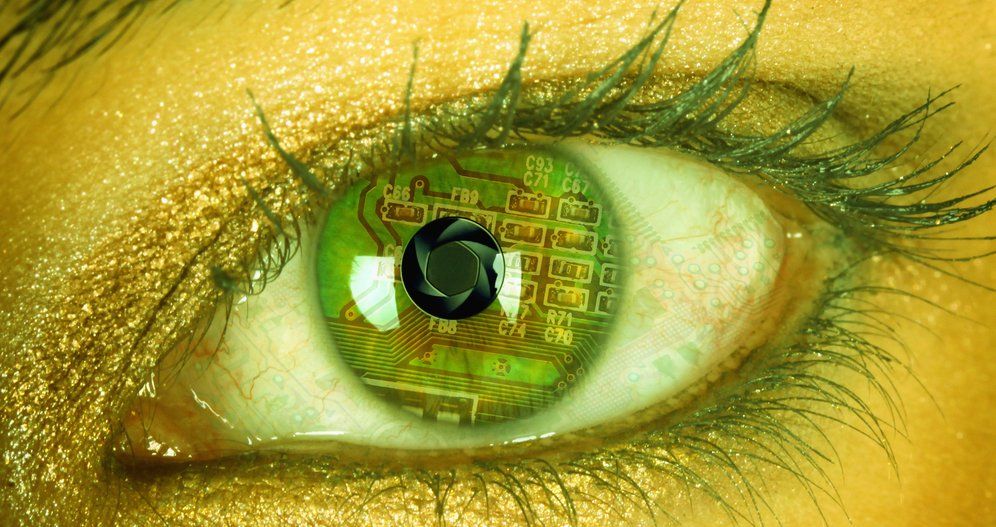Scientists have developed an artificial eye that could enable humanoid robots to see or even act as a bionic eye for visually impaired people in the future.
Researchers at Hong Kong University of Science and Technology have designed the electrochemical eye – nicknamed the EC-Eye – to look like the size and shape of a biological eye, but with much greater potential.
The eye mimics the human iris and retina by using a lens to focus light onto a dense matrix of light-sensitive nanowires. The information is then transmitted to a computer for processing via the wires, which act as the visual cortex of the brain. During the tests, the computer was able to recognize the letters “E”, “I” and “Y” when they were projected onto the lens.
Artificial eye
The artificial eye could theoretically be connected to an optic nerve to transmit information to the human brain, the researchers said, in addition to improving the camera-based eyes currently used in robots.
“The biological eye is probably the most important sensory organ for most animals on this planet,” the researchers wrote in an article describing the discovery.
“Machine vision systems that mimic the human eye are also indispensable in autonomous technologies like robotics. In humanoid robots, in particular, the vision system must resemble that of a human being in order to enable friendly interaction between humans and robots and must have superior device characteristics.”
At present, the proof-of-concept device has a low resolution because each of the 100 nanowires used in its construction represents only one pixel. However, researchers have said that through further development, the artificial eye could have even better resolution than the human eye.
Up to 10 times more nanowires than biological photoreceptors could potentially be used, allowing the artificial eye to distinguish between visual light and infrared radiation.
This would enable a user of the human bionic eye to see smaller objects and greater distances and to acquire night vision capabilities.
